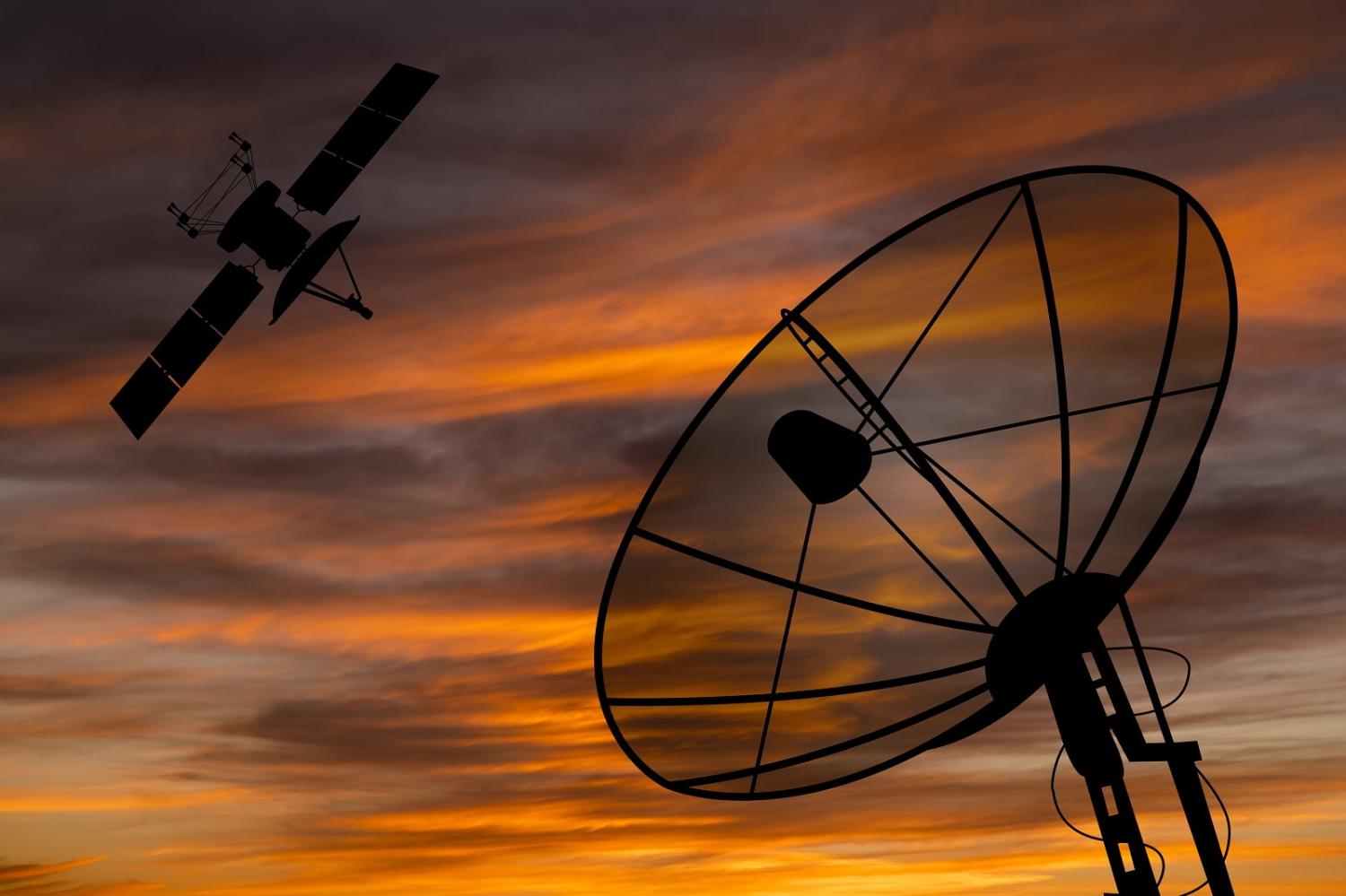The Philippines might be struggling against China’s encroachment in the South China Sea, but in the digital world, the two countries are locked in an embrace. China’s so-called “digital silk road” is driven by the view that it can help countries such as the Philippines overcome the “digital gaps” that prevent their economies from growing.
The selling points for the Digital Silk Road might be vague, but there is no denying that the Philippines needs all the help it can get to improve its digital infrastructure and digital economy. According to the unhappy conclusion of a Philippines’ Congressional Policy and Budget Research Department report, an uneven and digitally underdeveloped landscape persists, stemming from infrastructure insufficiency, a low level of internet literacy, and the high cost of connectivity.
So, should the Philippines be concerned about being embedded in the Digital Silk Road? At first glance, the answer seems to be no. In many rankings, the Philippines is clearly lagging its peers in the Association of Southeast Asian Nations (ASEAN).
- According to the Network Readiness Index by the World Economic Forum and INSEAD & Cornell, the Philippines ranked 69th overall out of 134 economies in 2022 for its ability to exploit opportunities offered by digital technology.
- The Philippines ranked 101st out of 176 economies in the ICT Development Index in 2017 for the universality of the country’s digital connectivity.
- It scored 0.49 out of 1.0 in the World Bank’s Digital Adoption Index in 2016.
- As a country, it ranks as only “partly free” in terms of internet access, according to Freedom House.
- It ranked 59th out of 64 economies according to the IMD World Digital Competitiveness Ranking in 2023.
- Out of 72 low and middle-income countries, the Philippines ranked 41st in terms of internet affordability in 2021 according to the Alliance for Affordable Internet.
- It ranked 53rd out of 100 economies in terms of internet inclusivity in 2022 according to The Economist’s Inclusive Internet Index.
- Out of 193 countries it ranked 89th according to the United Nation’s own index on e-governance in 2022.
China’s increasing role in the worldwide digital economy could potentially be a source of assistance for the Philippines. China has been particularly proactive in norm-building in Southeast Asia’s digital policy space, given its series of agreements and joint statements with ASEAN in various areas including e-commerce, smart cities, and cyber-dialogues. Through companies such as Huawei, China has also been shaping the digital workforce by rolling out training programs designed to narrow the skills gap in ASEAN’s tech sector. The Philippines has been benefiting from this capacity-building enterprise, and most recently, China has been engaging universities and private foundations in delivering these training programs.

China’s most important engagement in the Philippines’ digital transformation has been the investment in DITO, a multimedia company that has been able to challenge the duopoly of Globe and Smart telecoms in the Philippines. Our research, supported by PRIO’s NORM project, shows that China’s presence in the Philippines’ digital landscape can already be seen in hard infrastructure such as telecoms and surveillance technology, and in social media such as TikTok, commerce, supply chains, and financial technology.
Tensions are highly likely in this environment, where experts note that there are many actors across many levels in the contest to define and shape norms in Southeast Asia’s digital sector. Domestically, actors from among and within governments, from business both domestic and multinational, and from civil society will shape laws and policies on artificial intelligence, cyber, and digital of all sorts. Regionally, international organisations, the European Union and European States, the United States, China, and headquarters of multinational corporations will have influence in shaping the region’s digital economy, embedding it in emerging geopolitical contestations.
The Philippines' approach to forming digital norms aligns with global trends, yet distinctive considerations arise regarding the Digital Silk Road initiatives. Mindful of its geopolitical context in the tech rivalry between China and the United States, the Philippines will be influenced by political and policy debates in considering or adopting Chinese technologies. The Philippines’ pursuit of strengthened economic ties with China and its integration into the Digital Silk Road will have to be balanced against security concerns given that Beijing is a principal source of national insecurity for Manila.
Manila is expected to benefit from the abundant technologies coming out of both China and the United States, but will steadily feel the external pressures of broader strategic strong-arming from both major powers – as Smart and Globe did when the United States ramped up its tech denial strategy against China. The tension between acceptance of Chinese technologies and distrust of China reflects the larger narrative of geopolitical competition in the region. While the United States is winning hearts and minds, China is winning pockets left and right.

